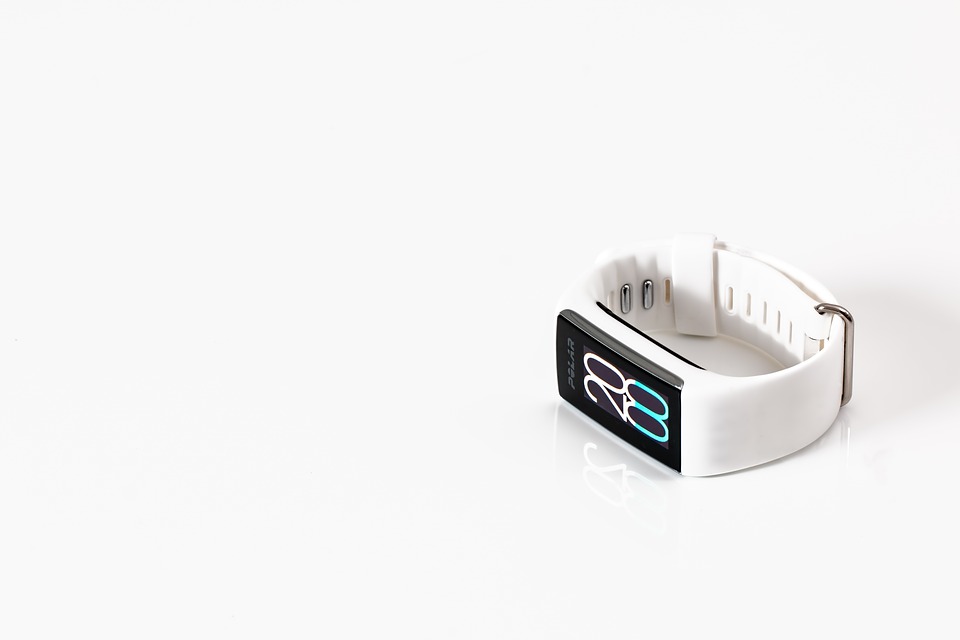By Jean-Jacques DeLisle, contributing writer
Technology has advanced to such heights that in the last few decades, it’s almost become impossible to imagine a time when your daily life wasn’t completely saturated by electronics. Devices such as smartphones, TVs, and computers have been around for a while and have undergone many transformations over time. They’ve become more compact, increased in speeds, and have sleeker designs. Following this progression of becoming smaller and more powerful, the obvious evolution for technology is to disappear completely, becoming one with the clothes we wear. By becoming smarter and learning how to adapt to our needs before we even know they exist, such devices can operate autonomously and allow us to live fuller, more comfortable lives. Wearable technology is here and it’s providing many useful advancements in a multitude of fields, such as medicine, fitness, and gaming. In this article, we’re going to look at some wearable tech trends and interesting new gadgets ready to hit the market.

Image source: Pixabay.
Smartwatches are finally popular. After years of trying and just not looking cool enough, smartwatches have reached a point where they’re useful and stylish enough for people to wear them. Big watch companies, such as Fossil, Kate Spade, and Diesel, are now producing new watches that combine form and function to create a useful and stylish addition to any tech-savvy wardrobe. The rise of the smartwatch tells us something about the market climate for wearable tech, and the forecast says it’s pretty good. People want to integrate technology into their lives more naturally. To most, getting notifications on their watch feels intuitive, and being able to check the weather and get other information while checking their watch saves time and helps prevent users from getting lost in social media on their smartphones.
One failed attempt at wearable technology was the Google Glass. It’s likely that it was too weird and space-age-looking at first for the public to really use it. Now, smartglasses are better than ever. By becoming more specialized and incorporating more traditional styles, new smartglasses called the Blade, by Vuzix, have bridged the gap between form and function. Impressively, these augmented reality (AR) smartglasses provide a wearable smart display with a see-through viewing experience. Another pair of specialized glasses is the Samsung ReLumino, which can magnify images and increase clarity for people with very particular vision problems.
The medical industry also benefits from wearable tech advancements. Using RFID wristbands and other wearable tracking devices, hospitals have managed to lower wait times and keep a more accurate record of patients under their care. Utilizing these wristbands has also led to better quality of care for patients. By connecting smart IoT devices with wearable technology on a patient, doctors can keep up with a patient’s medications, X-rays, and other information more easily. Outside of the hospital, wearable technology can improve the quality of life for many people, too. One such product is called Project Ears, which recently demoed its smart hearing aids. The earbud-like devices make a custom hearing profile for the wearer, tailored to their specific hearing impairment. The new tech-enhanced hearing aids help people who could not have been helped with a traditional hearing aid.
When you think about it, wearable devices can be seen as the natural evolution of technology. Humans want the comfort and aid that technology gives them but not at any extra expense of time or energy. Smart clothing is the new solution to overcome the problem of human laziness. These new wearable devices and smart clothes have been designed in a way that you cannot help but use and don’t require any active concentration from the wearer to be useful.
Fitness is a great example of how wearable technology has become 100% hands-free. Take a look at the OMsignal smart sports bra that tracks your fitness data automatically, for example. Smart clothes take a different approach than smartwatches and some other wearables in that they try to be completely invisible and, for the most part, track and analyze people’s behavior, giving them gentle nudges on their smartphone to keep them on track with their fitness or work goals.
Virtual reality (VR) and AR are other popular niches that wearable technology will fill. Wearable hands-free VR displays and controls are being developed not only for gaming but also for many practical applications. Mechanics can do VR inspections of cars from across the country, and doctors can practice surgical procedures hundreds of times. Wearable controls make VR a more immersive experience, making them ideal for use in simulating complicated procedures and processes.
Wearable technology can also be used to help protect us and our property. Products like smart wallets contain RFID chips and can be tracked within a short range or can feature alarms that send an alert to your phone if they’re opened. Personal alarm systems and wearable cameras are also becoming better and more affordable.
These new wearable devices will continue to become smaller and less intrusive, allowing for a better quality of life and a more intuitive and natural relationship between humans and technology. People will have access to more information about themselves and the world around them more than anyone has ever had before. What will humanity do with the exciting new abilities that these new wearable devices can provide us? The answer is still on the horizon, and new applications for wearable tech are coming out every day. The open-source movement and the success of Arduino microcontroller-based boards have made wearable tech a great market for startups and big companies alike, and we will see a flood of wearable tech that’s going to redefine the world as we know it.
Advertisement
Learn more about Electronic Products Magazine





